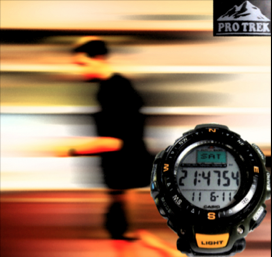Textual Analysis – How to Analyze Ads
Advertising executives and marketing experts more than likely hope that we remain oblivious to the underlying messages that ads contain and that we perceive their work purely from entertainment and consumerist perspectives rather than for the purpose of critical assessment.
But to critically examine the techniques and appeals advertisers use to lure us into supporting certain products, services, claims, or even individuals is an opportunity to hone our analytical skills—skills that enable us to be informed readers of texts and knowledgeable consumers of persuasion. To begin, let’s consider specific words and phrases that can be used in ad analysis:





